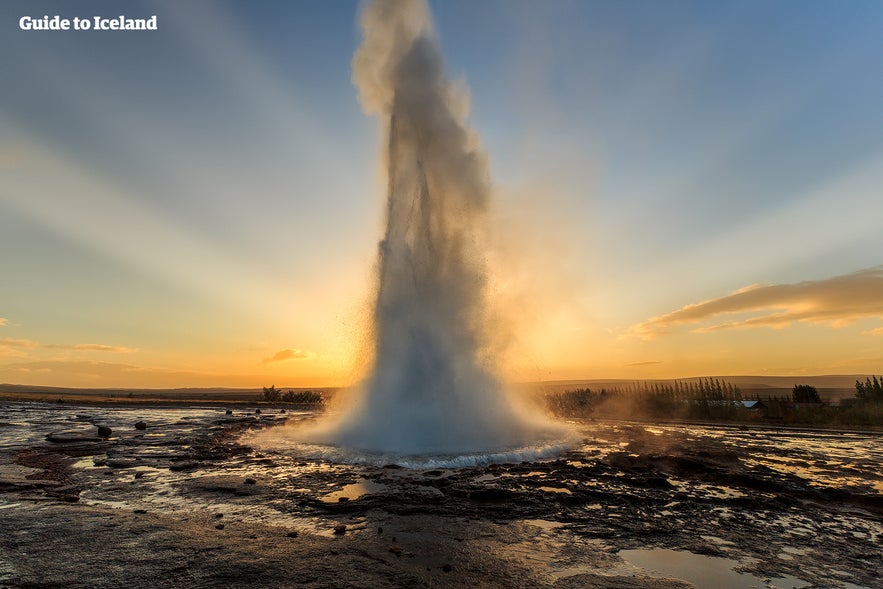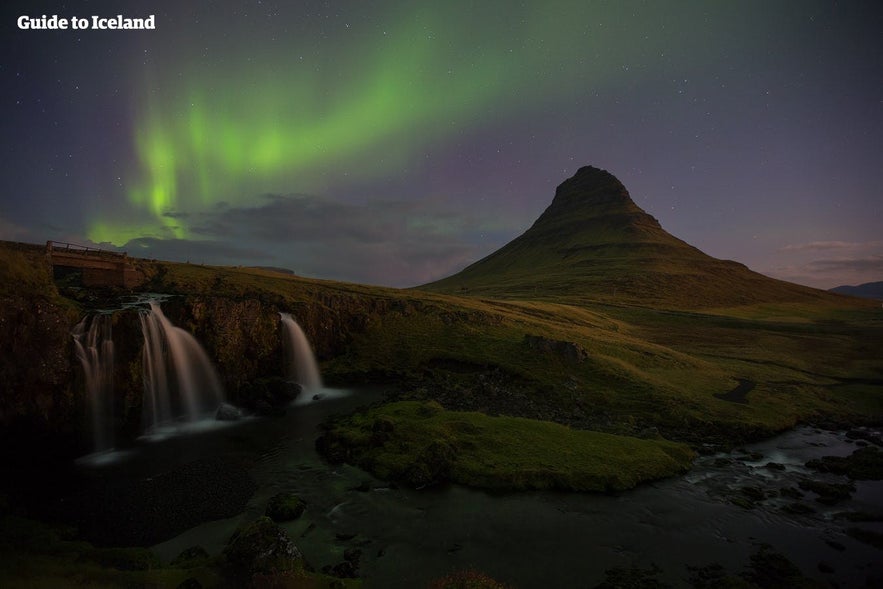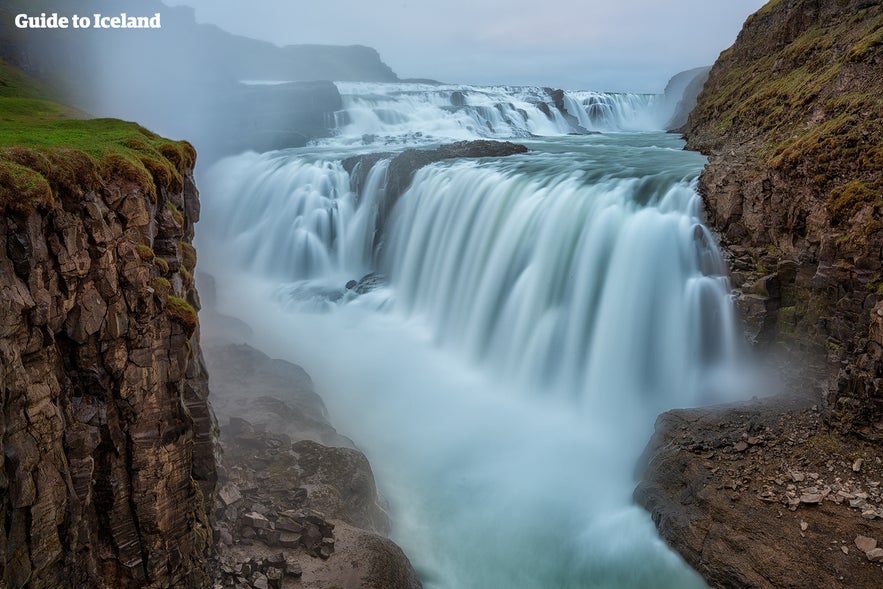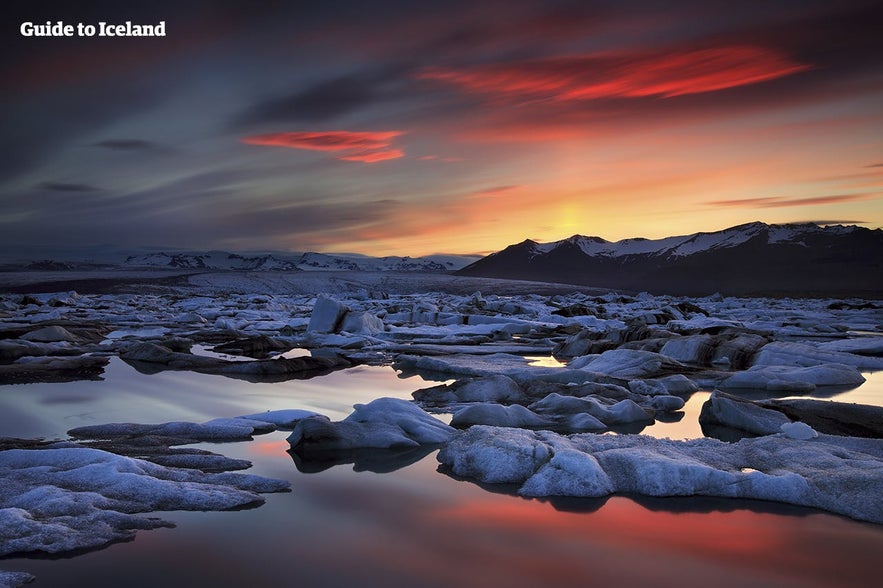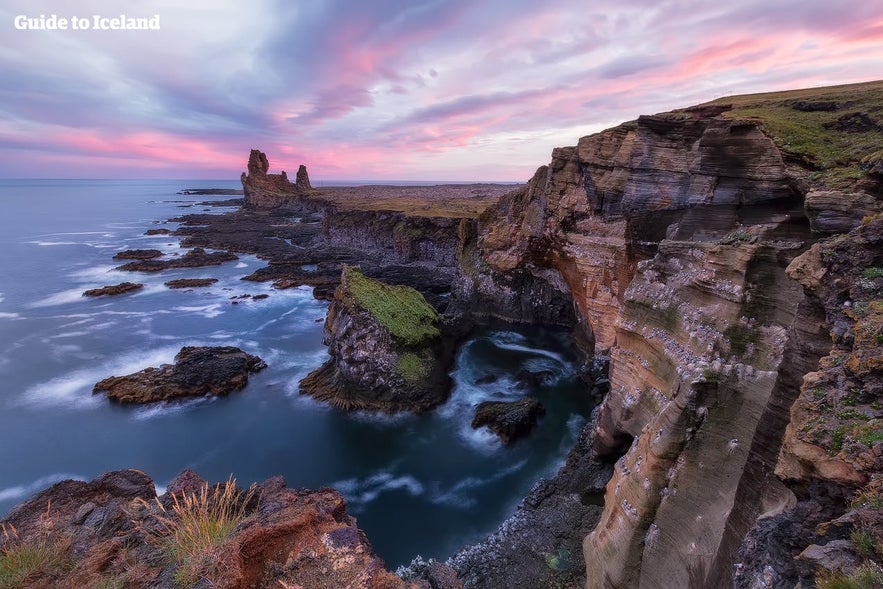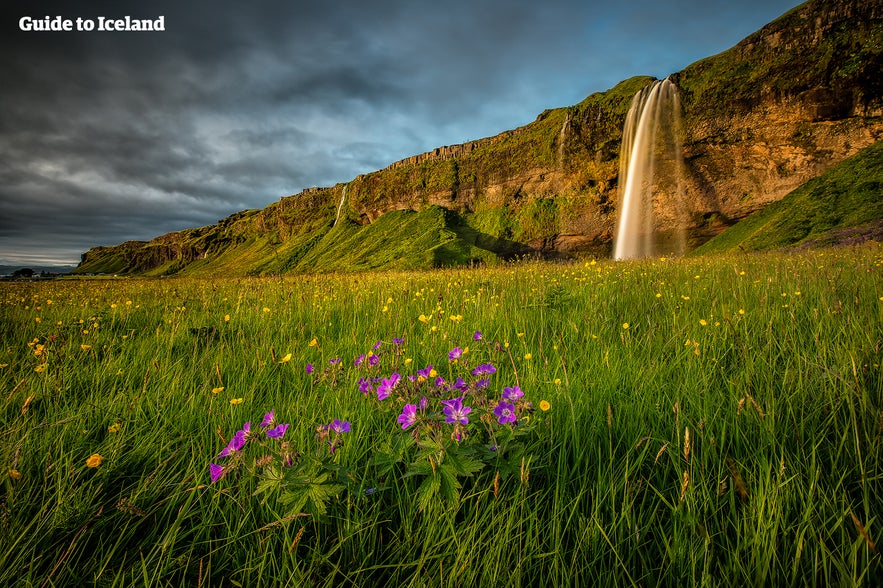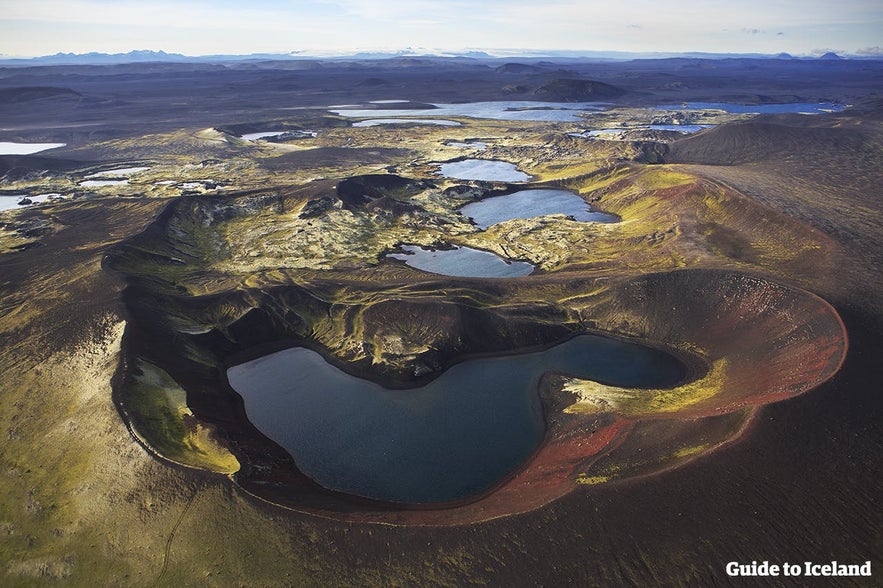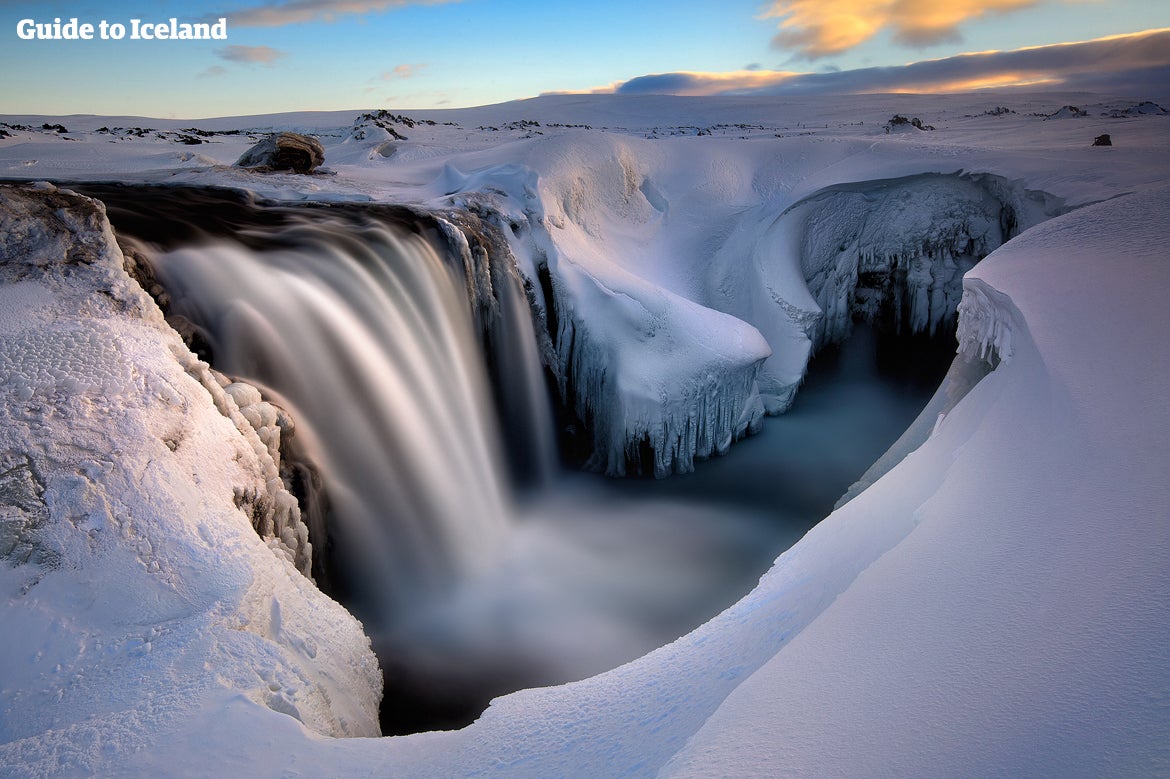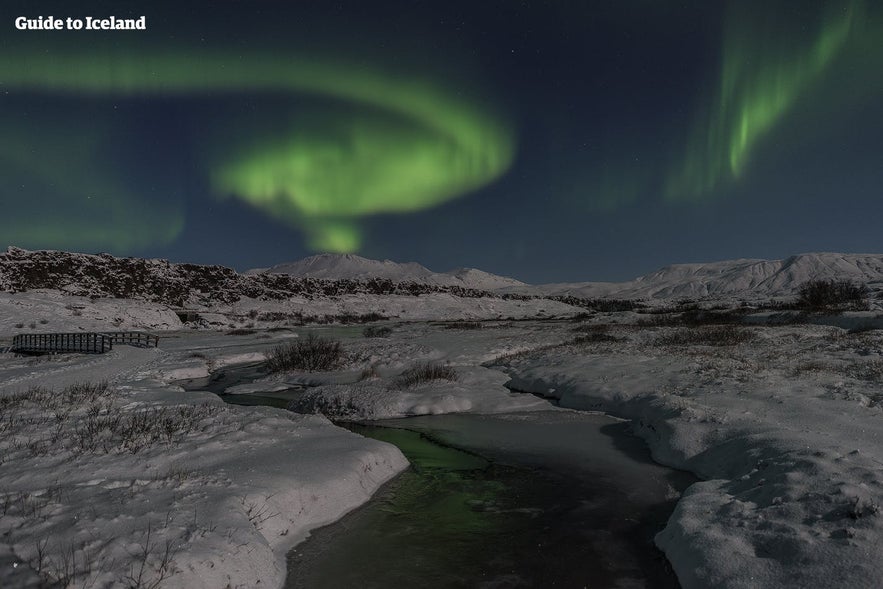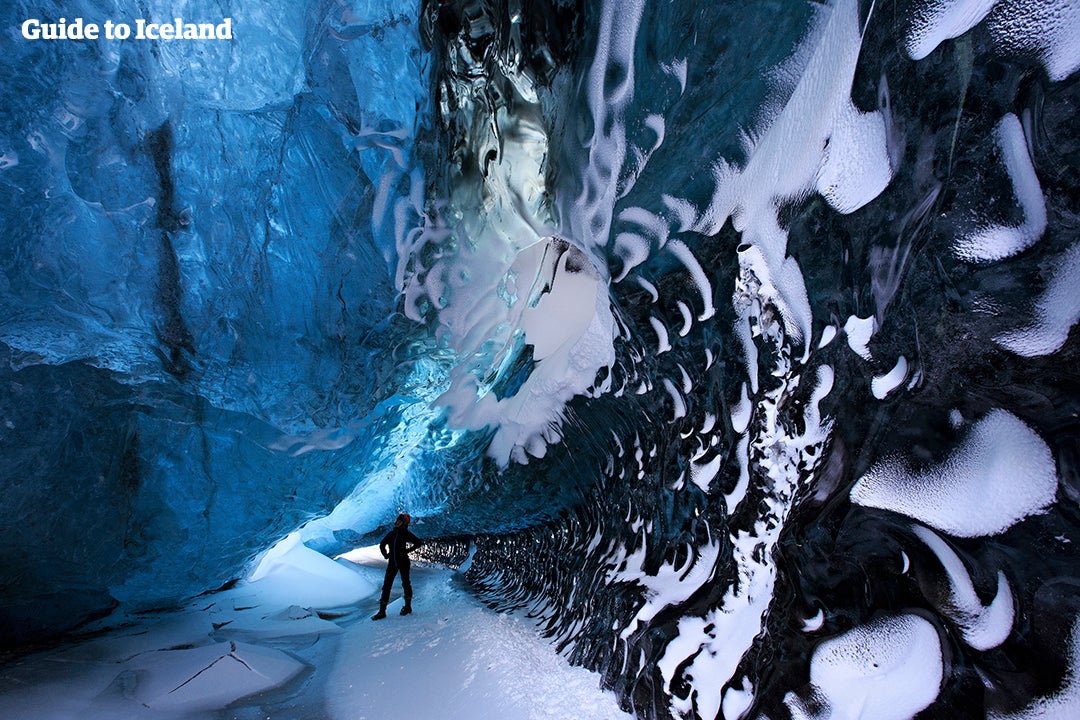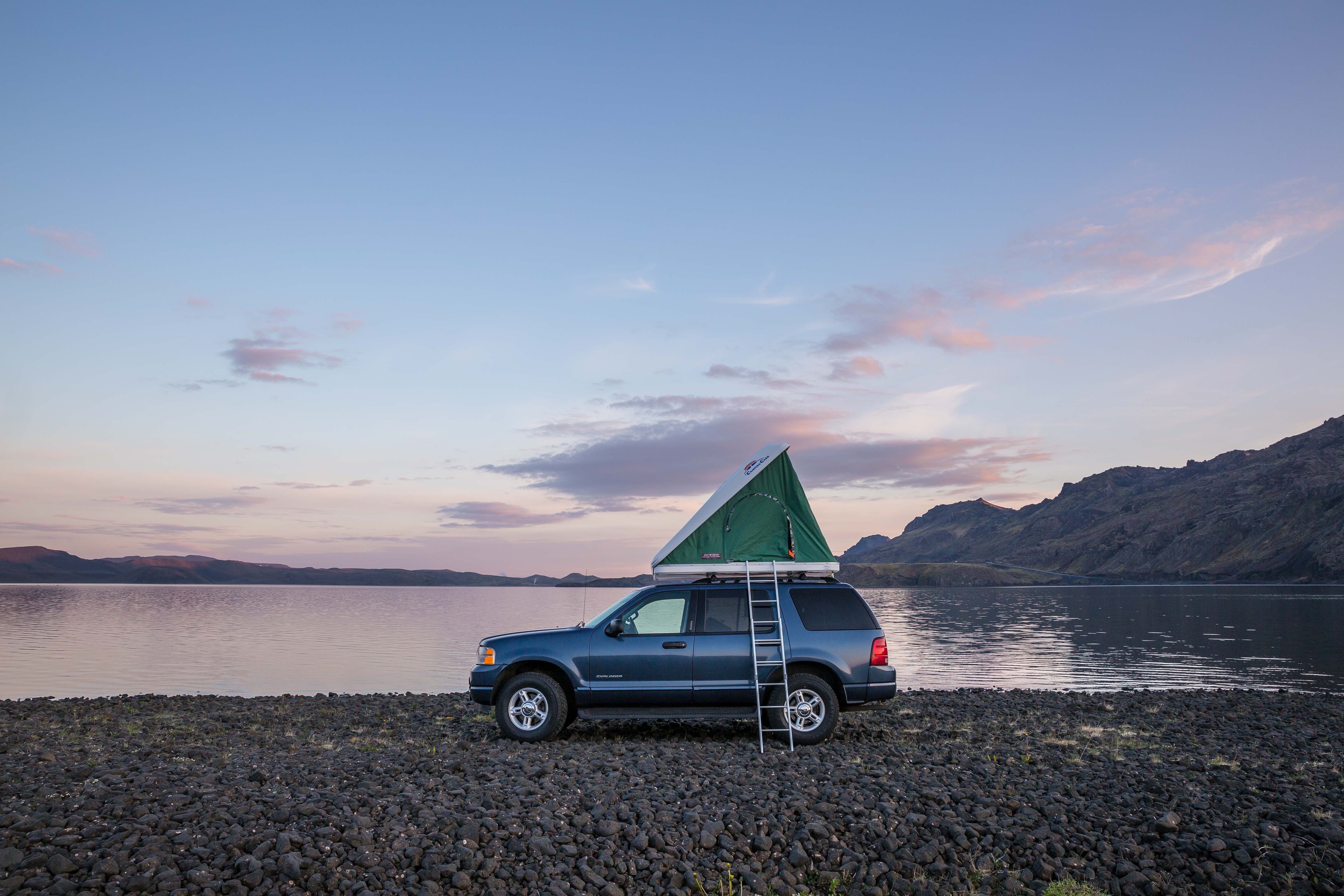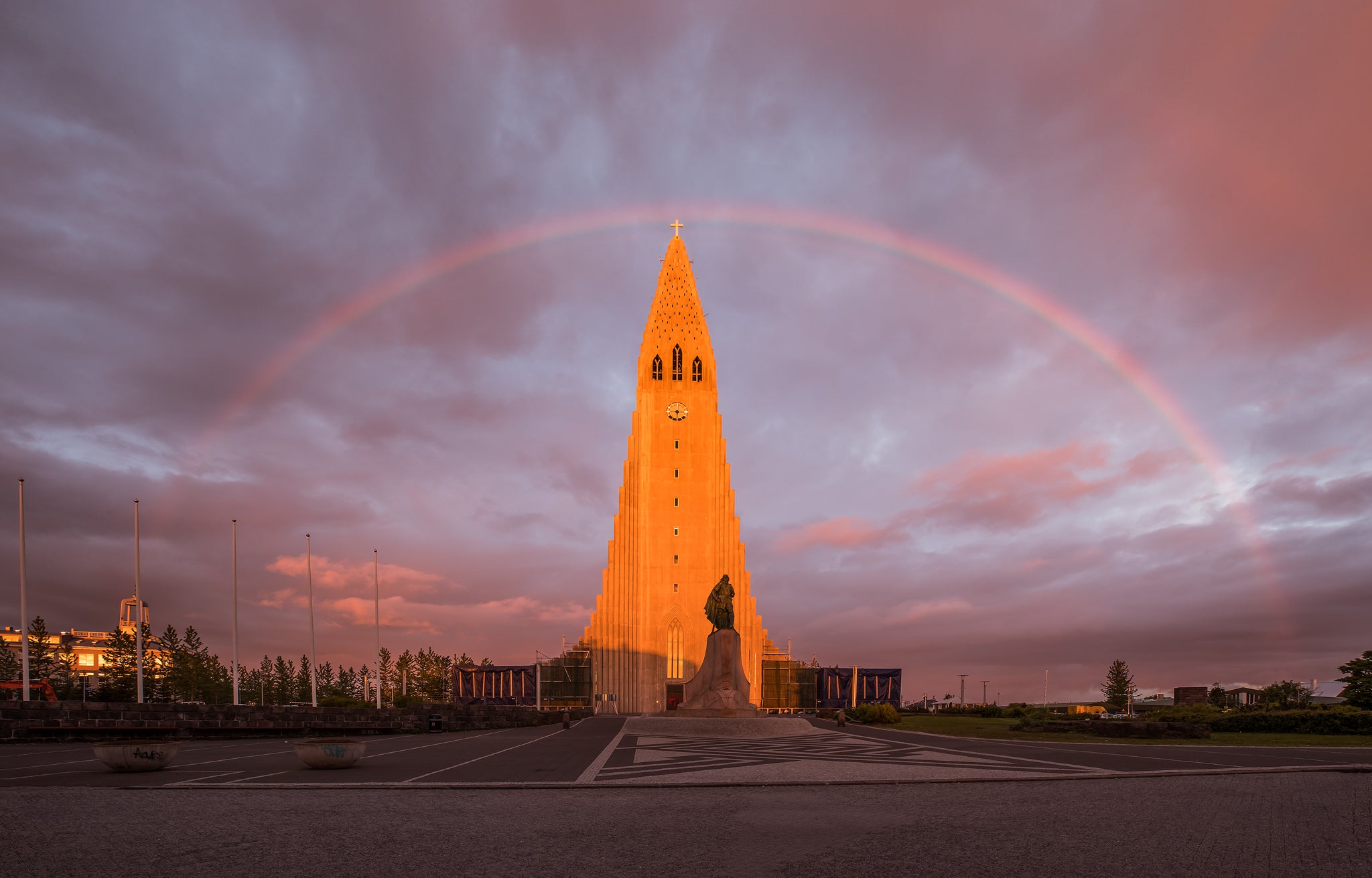Are you coming to Iceland for three days and don’t know what to do? Are you overwhelmed by the number of options for tours and opportunities and need some guidance on making the perfect plan for you? Read on to discover how to make the most of three days in Iceland.
Iceland is a marvelous country to visit for any length of time, and even a holiday as short as three days can be maximized so that this beautiful island will forever be enshrined in your memories. The choice of what to do, however, can be quite overwhelming, and considering that certain tours have specific requirements, booking a holiday can be quite confusing.
Why You Can Trust Our Content
Guide to Iceland is the most trusted travel platform in Iceland, helping millions of visitors each year. All our content is written and reviewed by local experts who are deeply familiar with Iceland. You can count on us for accurate, up-to-date, and trustworthy travel advice.
Key Takeaways
-
Anyone visiting Iceland should be aware of the seasonal differences, as daylight changes and weather can impact your itinerary.
-
While there's always something new to experience in Iceland, there are distinct advantages to visiting in summer and winter.
-
Even though it's possible to travel around the Ring Road in under three days, it's not the best way to experience it or spend your time.
A Beginner's Guide to Visiting Iceland
Firstly, visitors must be aware of the difference between coming to Iceland in the summertime and the wintertime. Those wanting to see the northern lights, for example, would be very disappointed by a holiday in July, while others may prefer a holiday over this time to be able to see the midnight sun.
Of course, certain tours, such as many glacier hiking, snowmobiling, and whale-watching excursions, run throughout the year. However, these differ in terms of how they are conducted and what experience you will have for each season.
Glacier hikes in summer, for example, are easier and more comfortable, whereas in winter, the ice caps themselves become much more beautiful in terms of their colors and formations.
Outside of considering which season to come, visitors need to decide if they want to rent a car and drive themselves or join tours and be driven around. Renting a car is easy and allows you to have more control over your schedule; the option also means you don't have to worry about other guests.
Opting not to, however, means you don't have to worry about Iceland's tough road conditions, especially in winter, and allows you to meet more people. With these considerations made, it is a lot easier to see how it is possible to make the most out of three days in Iceland.
Summer and Winter Seasons in Iceland
Because of the stark differences between summer and winter, Iceland only really considers itself to have two seasons. Summer is considered to go from the 15th of May until the 15th of September, and winter consumes the rest of the year. While many seasonal trips reflect these dates, such as northern lights tours, which usually run from September to the end of April, it is important not to make presumptions.
For example, if you were to arrive in May expecting to take a summer hike through the Highlands, you'd find the vast majority of the roads leading into them shut until July. Similarly, if you arrive in Iceland in September, you will likely find yourself too early for ice caves under Vatnajokull, which require freezing temperatures that don't arrive until mid-October to be safe to enter.
- See also: Iceland's Seasonal Contrasts
In spite of this, there is a lot you can do within three days, regardless of the season. Iceland’s most popular attractions are the Golden Circle and the Blue Lagoon, and these are accessible throughout the year; you can even experience both on this combination day tour, leaving you two more days to play with.
The South Coast is another of the country's most beloved regions, and it is accessible year-round. It is renowned for its gorgeous waterfalls, such as Seljalandsfoss and Skogafoss, the black sandy beach Reynisfjara, the volcano Eyjafjallajokull, and incredible glacier views.
At its far end is the Vatnajokull National Park, which includes marvelous sites such as the Skaftafell Nature Reserve, the Jokulsarlon Glacier Lagoon, and the nearby Diamond Beach. While a 3-day tour of the South Coast and Golden Circle gives you an incredible introduction to Iceland, it’s only a fraction of what the Land of Ice and Fire has to offer.
You can also go on a day tour around Snaefellsnes, a stunning peninsula in the west of Iceland, renowned for its wildlife, coastlines, mountains, and its crowning National Park, which holds the iconic Snaefellsjokull Glacier.
Those seeking a tour closer to Reykjavik will find that they can explore the Reykjanes Peninsula in a few hours. Besides the Blue Lagoon, this area boasts geothermal areas, historic towns, lava landscapes, and many birdwatching cliffs that are well worth seeing year-round.
Summertime in Iceland
The two main advantages of taking three days in Iceland in summer are the longer sunlight hours and the fact that many tours can only be taken during this season.
In terms of long days under the midnight sun, those on self-drive tours have no limit to the number of hours they can explore. From the end of May to the end of July, the sky will never get dark.
This also means that guided tours can fit in more destinations; this tour of the South Coast, for example, goes to Jokulsarlon Glacier Lagoon and back in a single (albeit long) day. Because of the constant sunlight, midnight sun tours are also available at this time. These allow you to partake in activities such as ATV rides and sightseeing in the Golden Circle by night for a more unique and less crowded experience.
- See also: The Midnight Sun in Iceland
In terms of the summer-exclusive tours, you can partake in a wide range of activities, particularly if you are a hiker. You can take day tours to Landmannalaugar, visit the Thorsmork region, and explore the Fimmvorduhals Pass — all of which are world-renowned highland areas.
If you want to do something different, you can fly to Egilsstadir in the eastern part of the country and partake in this 3-day guided hiking tour. The trip includes visits to beautiful waterfalls, breathtaking canyons, a volcanic crater with a hot pool, and a stay in a highland hostel with local cuisine and a hot tub, all away from most other travelers.
Other activities you can only partake in during summer are rafting tours and the 'Inside the Volcano' tour, which allows visitors to descend into the mighty magma chamber of a dormant volcano.
If the number of options for a holiday to Iceland in summer still seems overwhelming, it may be easier to simply book this 3-Day Iceland Stopover Package. It includes accommodation in central Reykjavik, a visit to the Blue Lagoon, and a day tour of the Golden Circle, and gives you the flexibility to book an additional half-day activity, such as snorkeling, diving, snowmobiling, whale watching, or even a helicopter ride.
Wintertime in Iceland
Most people coming to Iceland in the wintertime are in search of the Northern Lights. Unfortunately, the Northern Lights can't be guaranteed as they are a natural phenomenon, and three days is a small window to try and see them. Even so, if you consider them to be the cherry on top of a holiday rather than the only reason for coming, you are still sure to have an incredible time.
The Northern Lights can be seen from anywhere in the country, assuming it's dark, there's a clear sky, and their activity is strong. Those who rent a car can look at the forecasts for cloud cover and the aurora strength before setting out to explore them themselves.
You can also opt to go on northern lights tours, where a guide with a wealth of experience hunting for the auroras will escort you. These are advantageous as you will be able to learn as you admire them, and you will have someone on hand to help capture photos of the lights on camera.
Top Northern Lights Tours
-
The Northern Lights Boat Cruise from Reykjavik — Leave Reykjavik's Old Harbour and witness the breathtaking beauty of the northern lights in the sky and reflected in the bay.
-
The Northern Lights Super Jeep Tour from Reykjavik with Free Photos — While hunting for northern lights, experience the mesmerizing charm of Iceland's stunning landscapes.
-
The Northern Lights Tour from Reykjavik — After leaving behind the lights of Iceland's capital, venture out into the vast countryside in search of colorful northern lights.
Northern Lights tours and hunting opportunities are available only at night, so what is there to do with your days? Thankfully, quite a lot. You can partake in many activities, as diverse as scuba diving and dog sledding. Golden Circle tours, Snaefellsnes Peninsula and West Iceland tours, and trips along the South Coast to Vik and back can all be managed in the limited hours of sunlight.
Driving to and from these destinations, however, will be done in some darkness and, more likely than not, on icy roads. As a result, only capable drivers should attempt the routes themselves.
The only winter-exclusive activity in Iceland other than aurora hunting is ice caving. While the crystal blue ice caves are on the far side of the country from Reykjavik, it is still more than possible, and highly recommended, to visit them, even if you just have three days.
Guided packages are the easiest way to organize this. This 3-day guided tour to the ice caves also takes you to all the major destinations on the South Coast, around the Golden Circle, and on a glacier hike, and is thus perfect for those eager to pack their holiday with adventure.
Those on a self-drive can take this 3-day ice cave tour, available between November and March, where you can follow the itinerary above yourself.
If you want to take care of your own plan and accommodation, you can also just rent a car and meet the guide on location by Jokulsarlon Glacier Lagoon. Just make sure you book the tour in advance, as they fill up very quickly.
Top Ice Cave Tours
-
The Crystal Blue Ice Cave Tour in Vatnajokull Glacier - Starting from Jokulsarlon Glacier Lagoon — Step into one of Iceland's most iconic and beloved natural wonders and witness the awe-inspiring beauty of a crystal blue ice cave.
-
The Katla Ice Cave Tour — This breathtaking ice caving tour departs from Vik and takes you to breathtaking and unforgettable ice formations and naturally sculpted tunnels.
-
The Skaftafell Ice Cave Tour & Glacier Hike — Explore Skaftafell Nature Reserve and all the spectacular sights it has to offer on this memorable ice caving adventure.
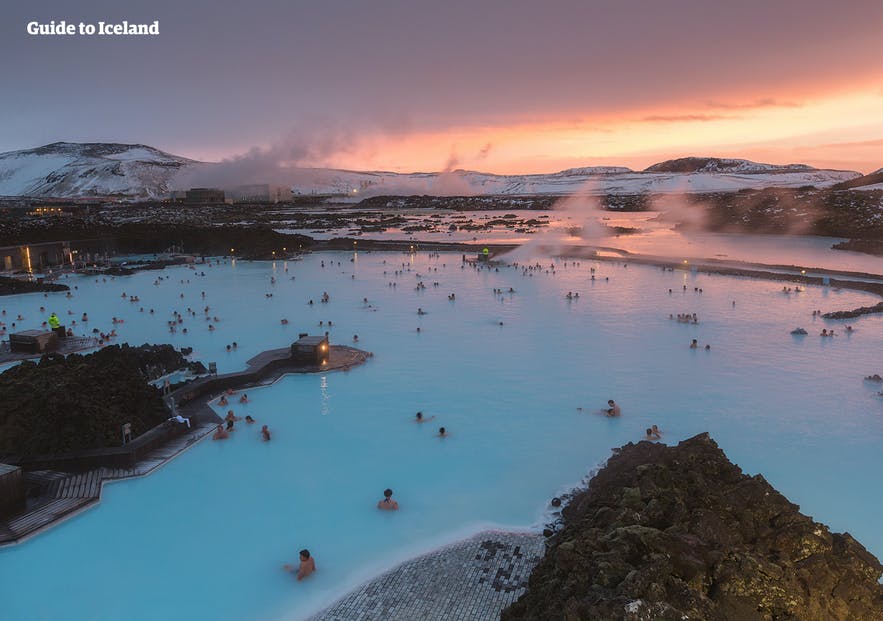 A final thing that's wonderful to experience during the cold Icelandic wintertime is the natural hot springs around the island that stay warm all year round. Those eager to immerse themselves in these geothermal hot spots should check out this 3-Day Self-Drive Tour of Iceland with the Golden Circle & South Coast, available between September and April.
A final thing that's wonderful to experience during the cold Icelandic wintertime is the natural hot springs around the island that stay warm all year round. Those eager to immerse themselves in these geothermal hot spots should check out this 3-Day Self-Drive Tour of Iceland with the Golden Circle & South Coast, available between September and April.
Top Hot Spring Tours
-
Blue Lagoon Comfort Ticket — Soak in the waters of the iconic Blue Lagoon and relax after a long day of travel.
-
Sky Lagoon Entry Ticket with Full Access — Rejuvenate your body and spirit in the Sky Lagoon and take in the breathtaking views of the Atlantic Ocean.
-
Relaxing 4.5-Hour Hvammsvik Hot Spring Tour from Reykjavik — Relax by the edge of the ocean at the Hvammsvik Hot Springs and explore at your own pace.
Activities Around Reykjavik for Your 3-Day Itinerary
In and around Reykjavik, activities such as whale watching, horseback riding, or snowmobiling can usually be enjoyed throughout both seasons. As a result, the adventurous will find a thrill one way or another.
Top Whale Watching Tours
Whale watch tours expose you to the beautiful creatures of the deep that live off Iceland's bountiful shores, with great whales such as Humpbacks being more common in summer and elusive predators such as Orcas being more frequently seen in winter.
-
The Whale Watching Tour from Reykjavik — Venture out into the famed and beautiful Faxafloi Bay for an opportunity to marvel at whales.
-
The Original Husavik Whale Watching Tour — Visit North Iceland to experience marine wildlife up close from Husavik, the country's whale-watching capital.
-
Family-Run Whale Watching & Puffin Safari RIB Boat Tour from Husavik — On this unbelievable North Iceland tour, you'll be able to see whales and puffins on a RIB speedboat.
Top Horseback Riding Tours
Icelandic horses, meanwhile, are sturdy enough to manage any weather conditions, so riding tours can be done throughout the year. The ice on the country's glaciers never fully melts, so eager snowmobilers need not worry about seasonal availability.
-
Top-Rated Horse Riding Tour with Optional Pickup from Reykjavik — Immerse yourself in Iceland's volcanic landscapes on this eye-catching horseback ride.
-
Horse Riding Tour on the Black Sand Beach from Vik — Venture to the iconic and mesmerizing Black Sand Beach in South Iceland.
-
Horse Riding Tour from Hveragerdi — Ride on an Icelandic horse across the South Iceland countryside and experience its limitless beauty yourself.
Top Reykjavik Tours
Of course, Reykjavik itself is an attraction, with culture bursting from every direction, no matter which path you take. Whether you go on a walking tour or visit a museum, there's no shortage of activities to enjoy and sights to see.
-
Reykjavik Food Walk Tour — Discover Reykjavik's top sights and taste Icelandic cuisine on this cultural tour of the country's capital.
-
Small Group Walking Tour of Reykjavik's History & Culture — Delve into Iceland's history, culture, and traditions with this informative Reykjavik walking tour.
-
Amazing 50-Minute Lava Show in Reykjavik — Experience lava safely and without putting yourself at risk on this fun 50-minute show.
3-Day Adventures in Iceland
If you're having trouble creating your 3-day itinerary, know that there are numerous tours and packages to choose from that will ensure you get the most out of your vacation. Best of all, you won't have to deal with the hassle of planning it out yourself!
Top 3-Day Self Drive Tours
Experience your three days in Iceland at your own speed with these fun self-driving tours.
-
3-Day South Iceland Northern Lights Winter Self-Drive Tour with Ice Caving — On this memorable South Coast excursion, you'll see everything from black sand beaches to glacier lagoons.
-
3-Day Summer Self-Drive | Golden Circle & South Coast to Jokulsarlon Glacier Lagoon — Discover Iceland's iconic destinations at your own pace with this 3-day self-drive tour along the unforgettable Golden Circle.
-
3-Day Winter Self-Drive Tour of Iceland with the Golden Circle & South Coast — Explore the captivating South Coast on this self-drive tour and visit the region's most gorgeous sights.
Top 3-Day Vacation Packages
Make your Iceland vacation one to remember with this collection of 3-day vacation packages.
-
Fun-Filled 3-Day Northern Lights Winter Stopover in Reykjavik with the Golden Circle & Blue Lagoon — During this 3-day trip around Iceland, you'll travel to the Golden Circle, relax in the Blue Lagoon, and see the most popular sights.
-
3 in 1 Bundled Discount Tours with Snowmobiling, Glacier Hiking & the Inside the Volcano Experience — Descend into a magma chamber, race across glaciers, and visit Skaftafell Nature Reserve on this exciting package tour.
-
Relaxing 3-Day Reykjavik Stopover Vacation Package with Blue Lagoon — Visit Iceland's most memorable sights on this unforgettable vacation package.
FAQs
How Long Does it Take to Drive Around Iceland?
Depending on the weather and other factors, it can take roughly 17 hours to drive around Iceland's Ring Road route. However, even if it's possible to drive this distance within three days, it's not the best way to experience Iceland.
Along the Ring Road are numerous natural wonders and attractions that you won't want to miss out on. This means that seeing everything the Ring Road has to offer can easily take more than three days. Generally, it is recommended to take around a week to drive the Ring Road.
As a result, you're better off not rushing your Iceland adventure, even if you only have a few days to do so. Instead, it's best to plan out an itinerary of the best attractions by the Ring Road you want to visit each day and make more realistic goals.
Can You Fit the Ring Road Trip into Three Days?
While taking your time to see the Ring Road is recommended, it is possible to squeeze it into three days if you're willing to follow a strict schedule, spend most of each day driving, and not see nearly as much along the way. If you're willing to make those compromises, consider structuring your trip as follows:
Day 1 - Drive to Jokulsarlon / the Town of Hofn
Day 2 - Drive to Akureyri
Day 3 - Drive to Reykjavik
Iceland has so many sights to see and adventures to have that fitting them all into three days is next to impossible. However, no matter how many days you plan to spend here, know that you'll always find something to experience in the land of ice and fire.
If you only had three days to visit Iceland, what would you do? Which places would you visit during your time here? Share your thoughts with us below!


